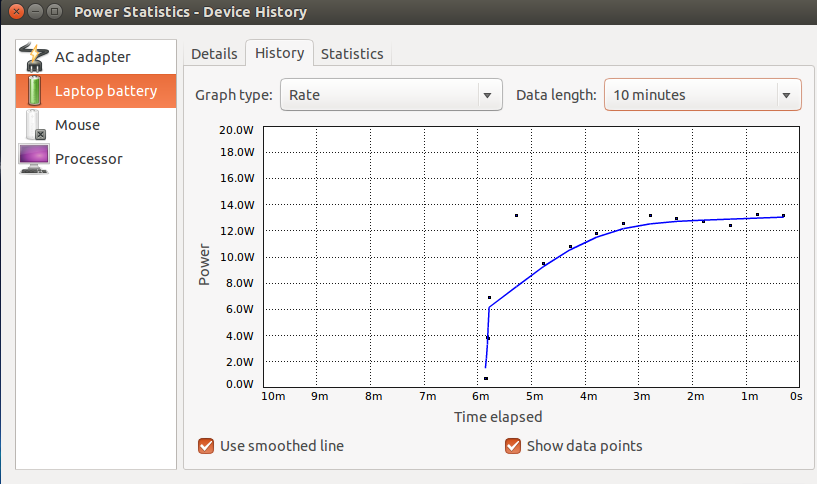One of the biggest revelations I had during my (ongoing) journey to discover how a processor really works is to find out how that mystical microcode in a CPU is implemented. Things culminated in the 4-Bit Nibbler Do-It-Yourself CPU project that uses a microcode ROM in the control part. For understanding how microcode works it can’t get much better than that. Except…
Continue reading Microcode Implementation In A Real Processor
